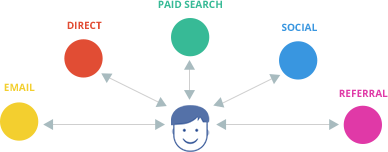By adaptive - October 29th, 2014
Social advertising can be the most powerful weapon in the enterprise arsenal

A tailored approach
 copy.png)
Next Reads
November 2014, London
Become a social business! #CSMEU is the largest and most senior meeting of social media and marketing execs, giving you unrivalled insight into how social can drive your business growth & competitive advantage
Brochure Programme
